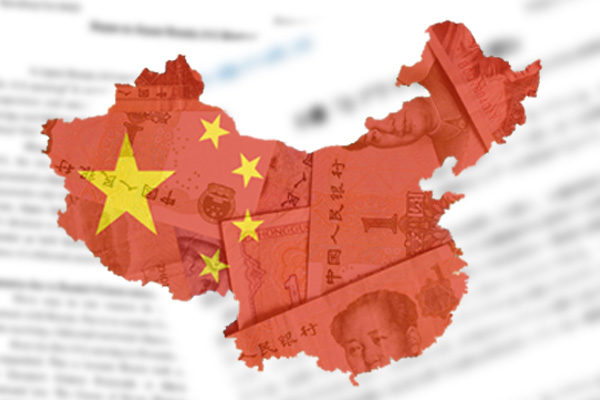The United States and China reached a tentative agreement at high-level talks in Switzerland on May 10 and 11, which included the reduction of U.S. tariffs on China from 145% to 30%. The two countries will discuss a comprehensive economic framework over the next 90 days. At the framework talks, the U.S. Trump administration should take up the elimination of the current managed floating exchange rate system for the Renminbi as a main theme.
China has destroyed the trade order
High tariffs do more harm than good. Turmoil began to spread in U.S. financial markets around April 7, when Washington and Beijing launched a tit-for-tat tariff war. A triple decline in U.S. dollar, stocks, and even bonds came, causing market uncertainty globally. Meanwhile, China may not only export its products to the U.S. via Southeast Asia or elsewhere, but also launch an export offensive for large quantities of its surplus goods throughout the world in order to fend off the impact of high U.S. tariffs. The world economy will plunge into chaos, both in terms of money and goods.
Under such circumstances, a retreat of the U.S. hardline stance toward China is a misfortune not only for the U.S. but also for the entire world. A series of Trump tariffs, such as reciprocal tariffs, have a bad reputation in the Western world for violating international trade rules. However, it is China who has long neglected and destroyed the international trade order. China’s autocratic one-party dictatorship has provided massive government subsidies to continue overinvestment and overproduction in industrial sectors from steel and other traditional goods to new-generation products such as electric vehicles, causing a flood of low-priced exports to foreign countries. The World Trade Organization is powerless in this regard.
Foreign exchange control being used to induce Renminbi depreciation
There is a decisive measure to curb China’s tyranny. It is to replace the managed floating exchange rate system of the Renminbi with a completely free-floating exchange rate system. To achieve this, the U.S. should take the lead, with Japan and Europe uniting and aligning in their efforts.
Under the managed floating exchange rate system, monetary authorities set the Renminbi’s base exchange rate against the dollar and intervene in the market to keep the Chinese currency’s fluctuation within 2% above or below the base rate, thereby inducing the currency’s depreciation. Despite the current huge trade surplus, the Renminbi is now 66% cheaper than it was when the Xi Jinping government inaugurated in 2013.
The Xi government launched the Belt and Road Initiative (BRI) in 2013 to expand its sphere of influence and the China Manufacturing 2025 plan in 2015 to develop China into a manufacturing powerhouse by 2025. Attracted by the Chinese market where the Renminbi has been stabilized at low levels, Japanese, U.S., and European companies have expanded into the market and provided their Chinese joint venture partners with their manufacturing knowhow and advanced technologies. In this way, Chinese companies have enhanced their international competitiveness in terms of both technologies and costs, going on an export offensive. The People’s Bank of China has siphoned off foreign currency through the huge trade surplus and used it to expand its Renminbi finance to further support the expansion of production capacity.
Military expansion, maritime advances, and the BRI are all supported by the growth of money and goods. Chinese threats is a result of Beijing’s manipulation of the Renminbi exchange rate.
Hideo Tamura is a Planning Committee member at the Japan Institute for National Fundamentals and a senior correspondent for the Sankei Shimbun newspaper.


